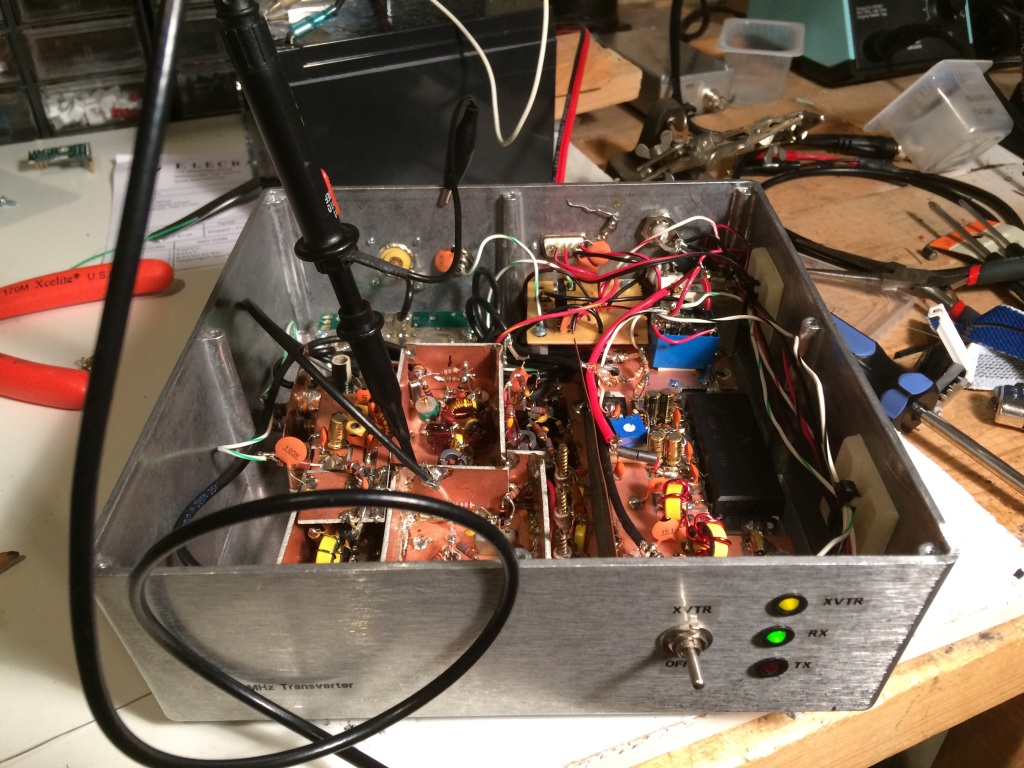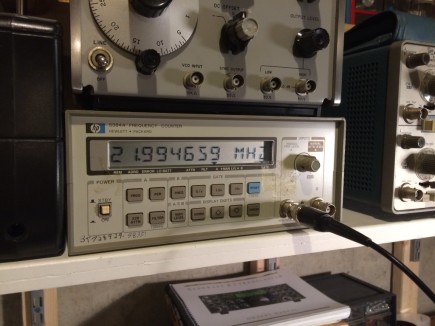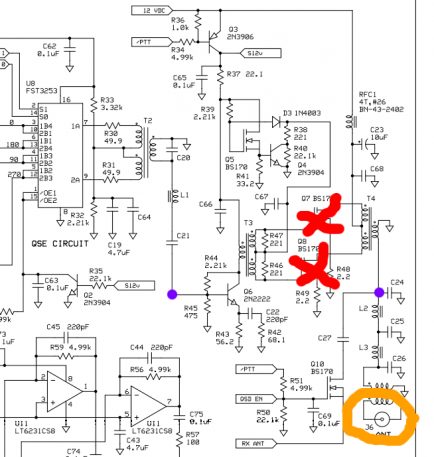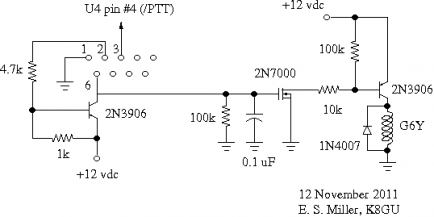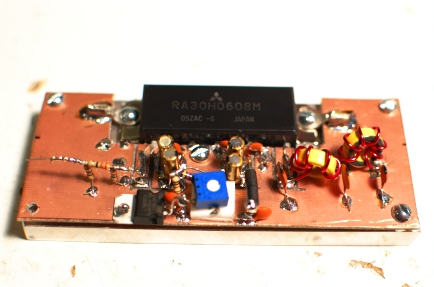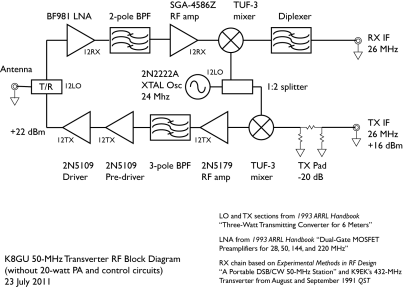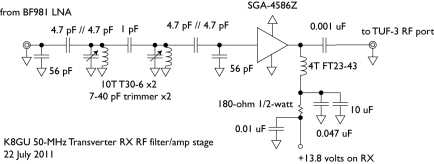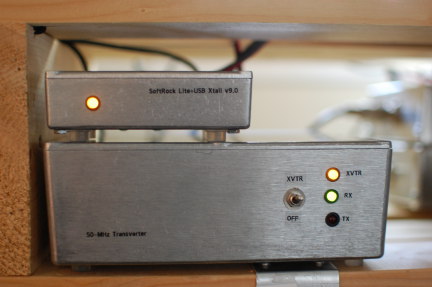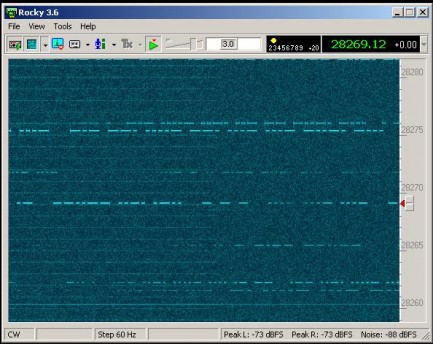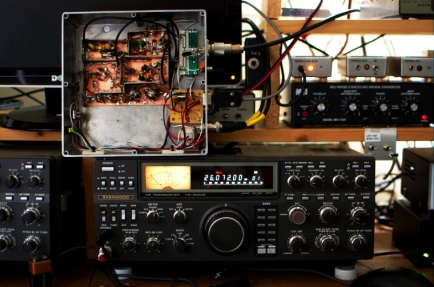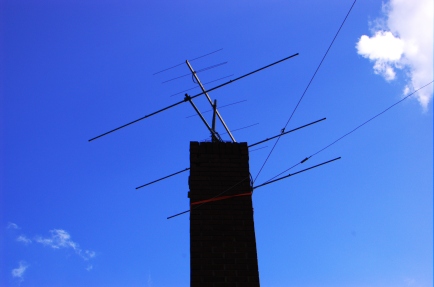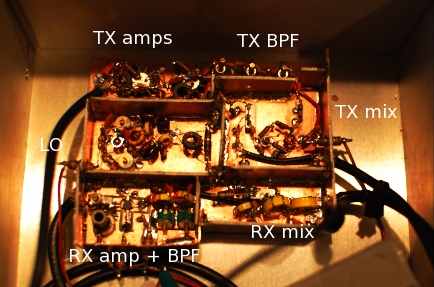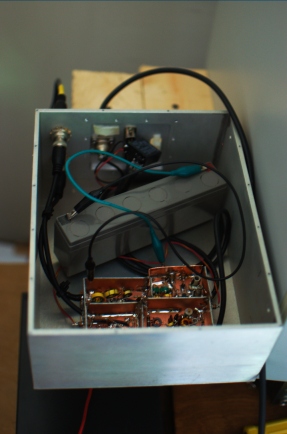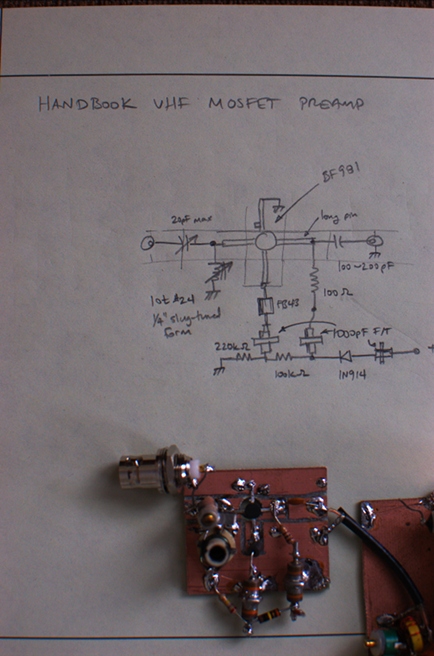As I mentioned in a previous post about my trip to the Aleutians, I am the owner of a new radio. The reasons for the purchase were manifold, but driven by a fundamental shift in the way I view my operating (and living) philosophy. I had long (at least 10 years) been collecting gear for a two- (or three-) tower contest station. In this philosophy, the emphasis was on collecting antennas and towers as they became available on attractive terms. It also meant keeping the inexpensive but well-performing pair of TS-930S HF transceivers for my SO2R setup and the FT-840 for my portable operations. You can imagine from those past few sentences of description alone that this consumed a non-trivial amount of space and time.
Sarah began subtly hinting that “wouldn’t it be nice if we could clean up that pile of tower on the patio so we could have people over?” My parents have been slowly migrating my junkbox from their place to ours. It became increasingly clear to me that as long as we lived in this area it would be unlikely that I would put up the towers. I started contemplating how to remedy this situation. I identified a large collection of gear (including the Rohn 45 on the patio) that 1) could be replaced by a new radio, 2) I was not using, or 3) for which I simply did not have a plan. So, I set out with the following theme to find a new rig:
Excellence in portable operation and competence at home.
I considered four radios: Ten-Tec Eagle, Kenwood TS-590S, Elecraft K2/100, Elecraft K3/100.
I was strongly considering the K2/100 initially. Its size and price seemed attractive. However, when I did the math on what configuration I wanted, it basically ended up a draw with the Kenwood and the Ten-Tec with only a small bump more to the K3/100. Plus, I’ve built enough kits to know that many of life’s most rewarding tasks tend to look better in the past than they do in the future. Personal preference, of course!
The Kenwood TS-590S is acclaimed by a number of contesters as “the poor man’s K3.” It has very similar features and performance numbers at a very attractive price. I have always enjoyed Kenwoods as well. But, the one thing that ultimately killed the TS-590S and the Ten-Tec Eagle was their lack of BCD band-data outputs. The K3 also offered the 2-meter option, IF output (for panadapters), and very easy transverter interfacing. It was really a no-brainer for me at that point since I had sold off enough gear to cover the cost entirely.
I bought the K3 kit and assembled it. Anomalies notwithstanding, it amuses me greatly when people announce to the Elecraft e-mail list that “K3 #7777 is on the air”…it’s hard to keep from responding, “Congratulations on assembling your first LEGO kit.” Unlike the K2, these “modular-kit” radios are very easy to assemble if you have a few hand tools and can follow basic directions.
My friend Oli, DJ9AO, informally asked me to compare the K3 to the TS-930S. I’ve tested (subjectively) the K3 in a couple of demanding environments and I’m pleased to say that the K3 performed well, even with essentially “factory default” settings.
The K3 wins hands-down the strong-signal handling contest, even with the Inrad roofing filter in the TS-930S. 40 meters in ARRL Sweepstakes CW is a good test for this. The FT-840 used to have severe mixing products (“beeps and bloops”). These are not common with the TS-930S, but severe AGC pumping from nearby signals often covered up weaker signals. Neither of these are problems with the K3. In fact, the K3 is so good that you can tell just exactly who has key clicks because it’s possible to find two signals of otherwise identical strength on the S-meter and one will be inaudible within a few hundred Hz and the other will continue to bleed through and pump the AGC. Well-done, Elecraft.
One thing that surprised me about the K3 was its apparently poor performance on the pileups from NA-039. With the BW cranked down to 400 Hz, the filters rang like a bell in a pileup. I have the 400-Hz 8-pole and 2.7-kHz 5-pole filters. Widening the DSP bandwidth out to 700 Hz or so (which switches to the 2.7-kHz roofing filter) alleviated the problem with occasional AGC pumping from louder signals in the pileup. In a post to the PVRC e-mail list recently, Frank, W3LPL, also confirmed that he prefers the 1-kHz 8-pole filter for CW operation. Because I had the opportunity, I recently sprung for the special-order 700-Hz roofing filter. It should arrive in March 2013. I suspect there is considerable tailoring that could be done to the AGC system but I’m not there yet. Once I realized that the bandwidth of 700 Hz was a sweet spot, the radio worked great in the pileups. I have a feeling that I’ll also end up with the 1-kHz filter eventually. But, I rarely open up beyond 700 Hz on CW so it will be interesting to see what is best.
A few other bright spots:
- CW-to-Digital: This is just plain cool. Send with the built-in keyer and the radio modulates PSK31 or RTTY for you. Decode it right on the screen.
- Multifunction knobs: The entire industrial design of the K3 is really unmatched in my opinion. It has just the right number of knobs and menus.
- Options: They are plentiful and easy to install. Keeps the initial cost low(er).
I’m extremely delighted with the K3 so far and my shack is getting more compact. It’s also nice to have a radio with a built-in keyer for once…
